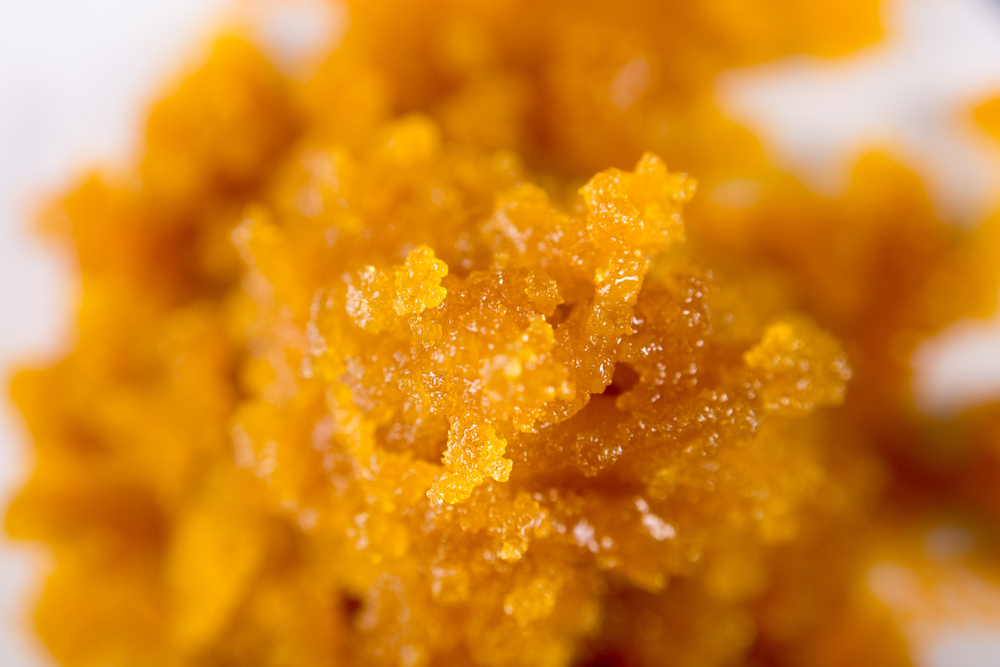The extraction of cannabis predates the industrial age by almost a century. The intake of cannabis resin — hashish — dates back to Medieval Egypt where cannabinoids like tetrahydrocannabinol (THC) were manually isolated from the resin glands of cannabis plants.

Image Credit: Shutterstock/Roxana Gonzalez
It was only in the 19th century that European botanists started claiming the benefits of cannabis extracts and formulated cannabinoid tinctures for a wide range of treatments; however, the use of medicinal cannabis reduced along with the modern era and the development of vaccinations.
Thanks to recent advancements in research insights and numerous laboratory products, there have been significant legislature changes in favor of the medicinal properties of extracted cannabis, with proven applications for treating a range of psychological and biological conditions.
Benefits of Cannabis Extraction
Laboratory products meant for cannabis extraction allow product manufacturers and researchers to accurately handle the dosage and purity levels of ensuing cannabis resins or oils. Concentrated extracts can be almost 99% pure when compared to cannabis plants that usually contain 24% cannabidiol (CBD) and 30% THC at the most, while the rest contains extraneous plant material.
The main cannabinoid of interest for recreational consumption is THC; however, extracts rich in CBD are leading the growing merits of medicinal cannabis use, with extensive pharmaceutical implications. CBD has unique medicinal properties, including anti-psychoactive properties, which may actually fight the euphoric and hallucinogenic effects of THC.
CO2 extractors and other similar dedicated laboratory products are capable of accurately differentiating between cannabinoids to extract the actual compounds needed for specified research applications. Current studies using such laboratory products have already demonstrated the medicinal potency of CBD compounds, showing substantial potential in the treatment of numerous conditions, such as:
- Arthritis: new studies have proposed that patients suffering from osteoarthritis could be safely treated with CBD
- Alcoholism: CBD can be used to prevent the side-effects of severe alcohol withdrawal, offering relief from fever, seizures, and withdrawal-related mental dysfunction
- Chronic pain: Since users are unlikely to build up a tolerance to CBD effects, studies indicate that CBD can be used for treating chronic pain, thereby reducing the necessity to repeatedly increase doses
- Epilepsy: ongoing study and anecdotal proof indicate that CBD behaves as an anticonvulsant for reducing seizures in individuals suffering from epilepsy
- Schizophrenia: CBD has antipsychotic properties, which have had beneficial effects for patients suffering from schizophrenia
Two key methodologies are used by laboratory products for the extraction of both CBD and THC. These include solvent-based extraction and non-solvent-based extraction. However, extraction processes differ considerably even within these two categories. Heating elements are often used for the initial separation process, while evaporators are used for removing hydrocarbon solvent material, for example, alcohol or butane (C4H10) from the extracted oils.
A range of instrumentation is needed to create cannabis extracts of varying physiochemical structures, chemical compositions, and psychoactive or medicinal properties.
Laboratory Products from Glas-Col
Various states have legalized cannabis, which led to an influx of interest in the area of cannabis research, and a host of novel laboratory products to support these ongoing researches. Glas-Col specializes in supplying laboratory equipment, with an extensive catalog of mixers, evaporators, heaters, and more, to support research as well as product manufacture in various fields.

This information has been sourced, reviewed and adapted from materials provided by Glas-Col.
For more information on this source, please visit Glas-Col.